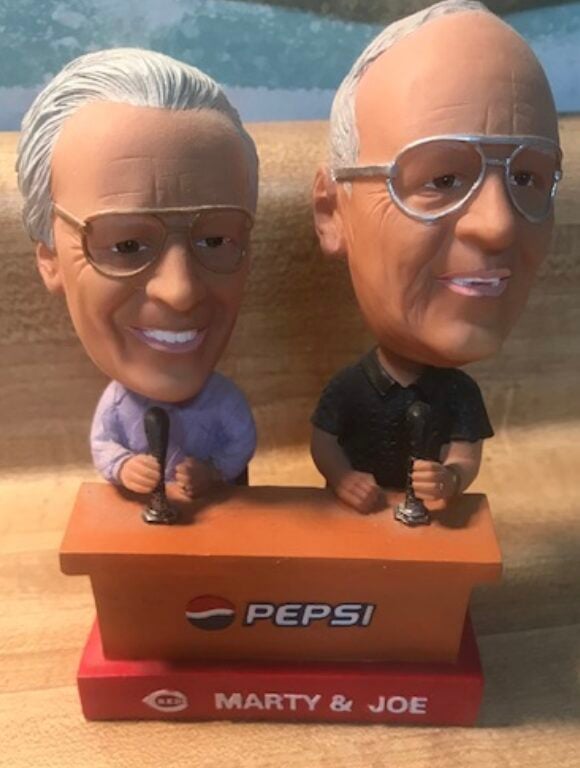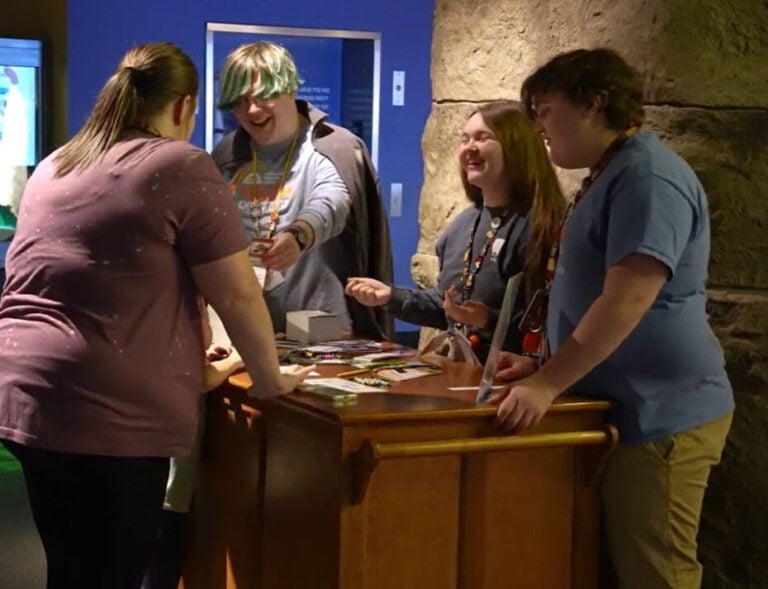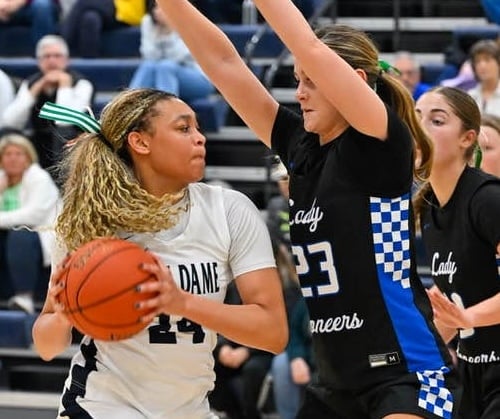By Berry Craig
NKyTribune columnist
Congressman James Streshly Jackson of Hopkinsville wanted to do more in the Civil War than pass laws and make patriotic speeches out of harm’s way in Washington.
He joined the Union army and lost his life in the bloodiest battle ever fought on Kentucky soil.
“ON THIS SPOT GENERAL JAMES S. JACKSON FELL” on Oct. 8, 1862, says a blue state historical marker atop a tall pole on a treeless hill at the Perryville Battlefield State Historic Site.
“This hill would forever after be known as ‘The ‘Open Knob,’” said Chuck Lott, treasurer of Friends of Perryville Battlefield and a volunteer at the park.

Jackson was “impressive in person, graceful in manner, kindly, chivalrous,” and “the highest type of Kentucky gentleman,” according to the weather-beaten metal signboard. Grimy white streaks hint it’s a popular roost for local birds.
Most of the silver paint has worn off the raised letters. But they also inform visitors that he graduated from Jefferson College in Canonsburg, Pa., and Transylvania University in Lexington.
Jackson, 39, was among the first of 845 blue-clad soldiers who perished in the battle which took its name from nearby Perryville, a Boyle County crossroads community of about 300 souls 154 autumns ago.
Maj. Gen. Don Carlos Buell led the Union forces. Maj. Gen. Braxton Bragg commanded the Confederates. The two armies fought themselves to a standstill, but Bragg started retreating toward Tennessee after midnight, all but ending Confederate hopes of prying Kentucky out of the Union.
About 22,000 Union troops and 16,000 Confederates fought in the battle. “Five-and-a-half hours of fighting produced over 7,600 casualties,” Lott said.
Jackson was directing artillery fire against rebels advancing south of the hill when he spied more enemy troops attacking from the northeast. Immediately, he ordered his gunners to fire on them.
“Well, I’ll be damned if this is not getting rather particular,” the mustachioed Jackson reputedly growled just before he was fatally shot in the chest.
The New York Times of Oct. 9, 1862, reported that with bullets whizzing about him the general coolly fired up a cigar. “Just as he had lighted it, a ball from the enemy struck him, killing him almost instantly.”
The Times said Jackson left Congress “to draw his sword for Constitutional liberty. The nation mourns no truer patriot; the army no braver soldier.”
One Jackson’s staff officers, Col. Samuel M. Starling, also of Hopkinsville, was among those who rushed to the slain general, according to Perryville: This Grand Havoc of Battle by Kenneth Noe. Starling found Jackson’s “eyes…closed, with a tightness preternatural.”
The colonel saw “a hole in his coat surrounded by blood an inch all around it.”
“His body was carried rearward 100 yards or so and placed in a lane to await an ambulance to carry him off,” Lott said, adding that the ambulance failed to appear because the Confederates quickly overran the Union position.
A Tennessee Confederate officer recognized Jackson’s body. “He said ‘There’s Jim,’” Lott said. “He knew Gen. Jackson. A lot of these guys knew each other before the war.”
Jackson was one of several House members who resigned to don Yankee blue. He was the only one who died in combat.
Even so, Jackson is not well-known, even in Hopkinsville where he is buried in old Riverside Cemetery. The general is not in the Kentucky Encyclopedia. Nor does he rate much ink in Bluegrass State history books.
A Fayette County native, Jackson also served in the Mexican-American War, where he battled more than Mexican soldiers. Lieutenant Jackson fought a duel with Capt. Thomas E. Marshall, a fellow Kentuckian.
Neither man was hurt, but Jackson reputedly resigned his commission to escape a court-martial. Dueling was illegal in the army.
A lawyer in civilian life, Jackson settled in Hopkinsville, the Christian County seat, in 1859. Shortly after the war began in 1861, second district voters elected him to Congress on the Union ticket.
Jackson recruited the Third Kentucky Cavalry and was its colonel at the battle of Shiloh, Tenn., in April, 1862. He fought well enough to earn promotion to one-star general and command of the 10th infantry division in Buell’s Army of the Ohio.
The night before, Jackson and two of his subordinates, Gen. William R. Terrill and Col. George Webster, talked over their chances of being slain in combat, according to Battles and Leaders of the Civil War.
“Their opinion was that men would never be frightened if they considered the doctrine of probabilities and how slight the chance was of any particular person being killed,” the old book says. “Theory failed, as it has often done before.”
The lives of Terrill and Webster also ended at Perryville battlefield.
Starling and Lt. Percival Oldershaw of the Third Kentucky Cavalry retrieved Jackson’s body the next morning, according to Maney’s Confederate Brigade at the Battle of Perryville by Stuart Sanders.
They loaded his remains in an ambulance and set off for Louisville. “Upon reaching Mackville, ‘they got a large box & a barrel of salt [and] washed him & put him in it,’” Sanders wrote.
“At Bardstown, they telegraphed Louisville for a carriage and hearse, which met them at Mount Washington.”
The party reached the Falls City at 9 a.m. on Oct. 11. Jackson’s body was on public view at the Galt House hotel for a day, Sanders wrote.
Afterwards, Starling recalled, the general’s corpse was “put into a large metallic box (not coffin) & the next day was taken to Christs [sic] Church where on entering several Ladies threw wreaths of flowers upon it.”
Following the Rev. Jeremiah Talbott’s eulogy, “an infantry regiment escorted the body to Cave Hill Cemetery,” Sanders wrote. “After a salute was fired, Jackson was placed in a vault.”
Later, he was reburied in Hopkinsville.
Years after the battle, The Open Knob was planted in Kentucky fescue. It has since been rooted out and the slopes replanted with natural grasses and wildflowers that would have been growing during the battle.
A nearby field was planted with the kind of corn that grew locally in 1862. The idea is to make the 21st century park look like the 19th-century battleground as much as possible, said Lott, an army veteran of the Vietnam war.
“If we could bring a soldier back from that time and let him look at these grounds, we’d like for him to shed a tear and say, ‘Yes, I know this place,” added Lott. “This is Perryville.”
Berry Craig of Mayfield is a professor emeritus of history from West Kentucky Community and Technical College in Paducah and the author of six books on Kentucky history, including True Tales of Old-Time Kentucky Politics: Bombast, Bourbon and Burgoo, Kentucky Confederates: Secession, Civil War, and the Jackson Purchase, and, with Dieter Ullrich, Unconditional Unionist: The Hazardous Life of Lucian Anderson, Kentucky Congressman. Reach him at bcraig8960@gmail.com


















